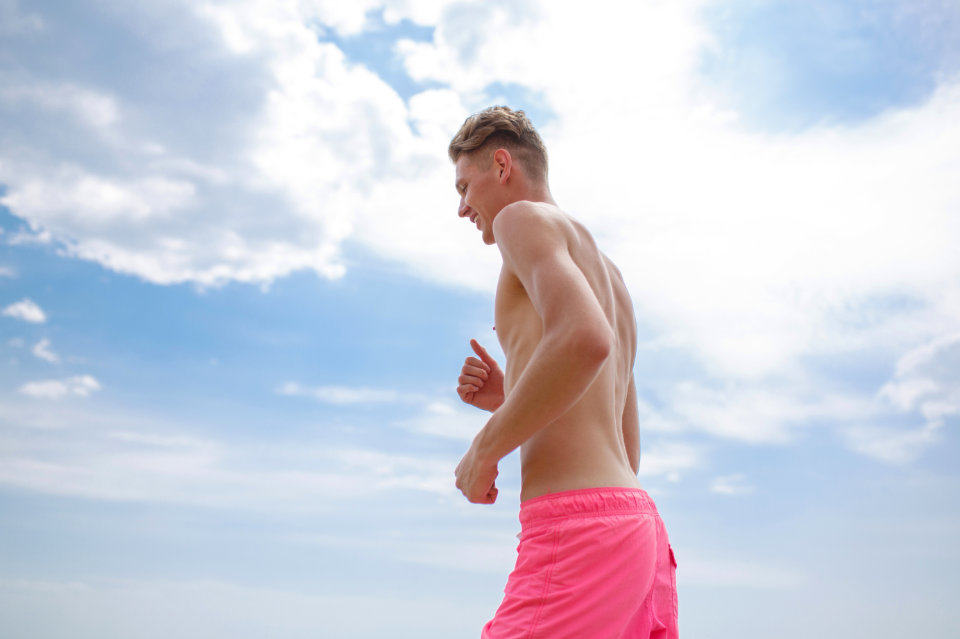Running offers plenty of health benefits. This could range from reduced risks of heart attacks and neurological diseases to improved mood and concentration. With these positive outcomes, it’s no surprise that plenty of runners try to increase their training time. However, there are also a few issues that may come to light: runner skin issues. Although these can be benign, they can limit physical activity.
In worse cases, these skin issues can become life-threatening. For this reason, it’s best to learn about these conditions before trying the sport.
Table of Contents
Blisters
Blisters are the most common runner skin issue. This happens due to the friction, separating layers of your skin and ultimately leading to a sac filled with blood or tissue. Moreover, this could result from poorly-fitting shoes, wet socks or wet shoes, heat, and even excessive training.
Additionally, it’s best to know if you genuinely have blisters or if they are from another condition, such as scabies. Since blisters and scabies both have intense itching, what can be mistaken for scabies is the other. Scabies are caused by microscopic parasites that infest your body, causing skin irritation or rashes, whereas blisters are caused by constant foot friction.
Although it doesn’t seem harmful, blisters tend to become infected. You’ll know when it’s infected if it feels hot and the blister is filled with yellow or green pus. Once this happens, it’s best to seek your doctor. Generally, treatment would entail antibiotics or bursting the blister with a sterilised needle.
Jogger’s Toe
Jogger’s toe is the result of repetitive trauma found on your longest toe. When constantly running downhill, there could be distressing contact from your shoe to your long toe.
Moreover, this could lead to bleeding under your nail, causing it to look black. Although this condition doesn’t require treatment, perfectly fitting shoes are the best option to minimise and prevent the trauma.
Talon Noir
Talon noir is a term for groups of brown or blue-black colored fragments under your foot. Like a jogger’s toe, these discolored groups are the result of repetitive trauma as well – causing damage to the heel and internal bleeding in your skin.
Risk factors include hefty movements such as direction changes, stop-and-start movements, and lesions in the heel. With this, it’s vital to have extra socks, heel cups for added cushioning, or skin lubricants, all of which can help prevent repetitive force.
Talon noir is a common runner skin issue that often doesn’t require treatment. However, it can be carefully removed with a sharp blade once it turns into an old hemorrhage.
Typically, talon noir also heals itself within two to three weeks. In some cases, a biopsy is required to rule out a melanocytic lesion or moles (as both skin conditions have skin discolorations.)
Abrasions
Abrasions or chafing, typical runner skin issues, are inflammations on your skin’s surface occurring in moist and warm environments. Although this issue isn’t life-threatening, wearing dry clothes is the best way to prevent it.
Likewise, using talcum and alum powders is also helpful in reducing friction. Treating abrasions consists of daily cleaning with soap and water, drying the areas, and applying ointments to relieve inflammation.
Skin Cancer
If you’re constantly outdoors with too much sun exposure, you could develop a risk for sunburns and, in the worst cases, skin cancer. According to Worldwide Cancer Research, over 80% of skin cancer is due to overexposure to UV radiation. Moreover, UV damages the DNA in your skin, which can accumulate over time and increase your risk of developing a genetic mutation.

The key to decreasing this risk is prevention. You should always make sure you constantly use sunscreen with a high SPF and wear protective clothing when possible. It’s also best to avoid sun exposure during hours of peak UV radiation, which lasts from 10:00 AM to 4:00 PM.
Jogger’s Nipples
Jogger’s nipples are a common issue in long-distance runners – especially for men who wear cotton shirts and women who run without bras. Jogger’s nipples are the result of friction between a runner’s shirt and nipples, causing painful erosions in the areolas.
Moreover, cotton shirts are made from coarse fiber, a rough texture that can hold moisture. With prolonged irritation and friction in the area, these lesions may crack, causing bleeding and wounds.
Tinea Pedis
Tinea pedis, or athlete’s foot, is a fungal infection between the toes. This condition is common for those who have sweaty feet. Once the sweat accumulates in tight-fitting shoes, the humid environment becomes favorable for the fungi to grow.
Moreover, tinea pedis commonly manifests with signs such as scaly or cracked skin, itchiness, blisters, or inflamed skin that may appear red or purple. To prevent this, it’s best to air your feet occasionally, change socks and shoes, and wash your feet daily.
Proper hygiene is always the best way to go, so you should always use warm water and soap to get between the nooks and crannies of your toes. You could also be prescribed an antifungal cream, solution, spray, or powder for two to four weeks.
Prevent and Treat Runner Skin Issues Early
Running also comes with its risks, and these are seven of those. Moreover, these skin conditions can significantly vary, depending on your skin type and training regimen.
You should speak with your dermatologist to determine its prognosis and treatment. Accurate diagnosis also means accurate treatment.





